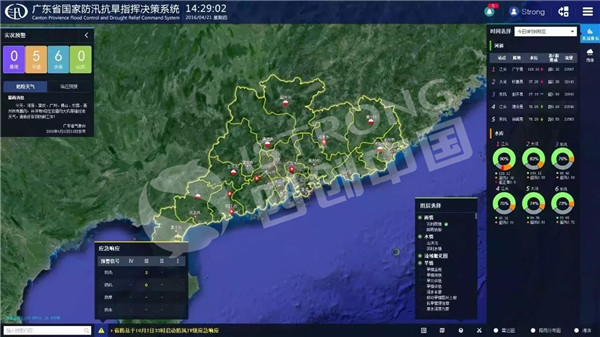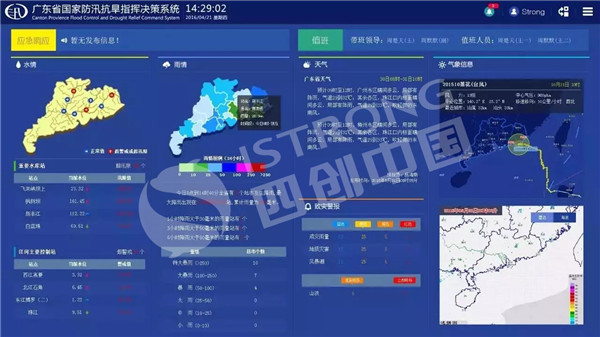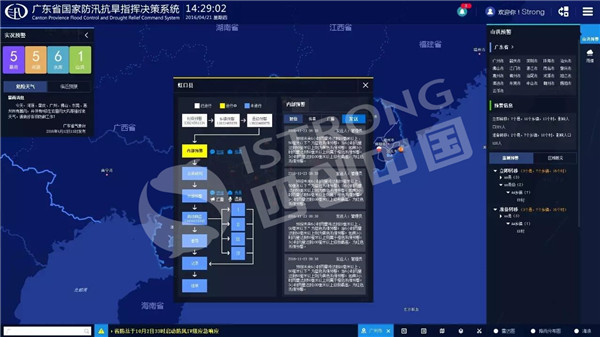Guangdong Province National Flood and Drought Control Command System Phase II
The second phase of the National Flood and Drought Control Command System in Guangdong Province will be based on the existing achievements of the three-prevention command system, follow a unified technical architecture and standard specifications, and build a hydrological information collection system, construction information collection system, drought information collection system, engineering video monitoring system, flood and drought comprehensive database, data collection and application support platform, flood disaster assessment system, drought control business application system, comprehensive information service system, mobile emergency command platform, computer network and security system as well as system integration and application integration, etc., to provide stronger technical support and scientific basis for flood and drought dispatch decision-making and disaster relief command, and truly achieve the combination of prevention, resistance andrescue.
System Functions
System Highlights
◆Transition from single-type monitoring to comprehensive risk monitoring
◆Transition from comprehensive guidance to classified guidance
◆Transition from high-intensity duty to intelligent office
◆Transition from single department duty to joint duty
◆Transition from internal warning to public warning





